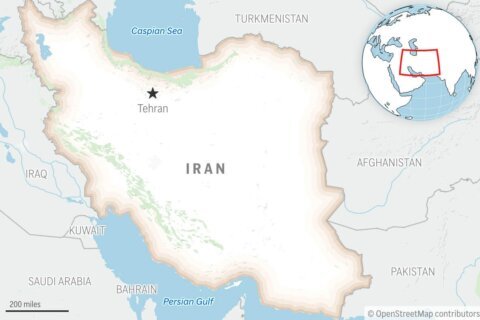Determining your fixed and variable expenses is paramount to effectively building a budget. But while accounting for necessary costs is a simple and straightforward task, including discretionary expenses in your budget can present a challenge. So, if you’re looking to build and maintain an effective budget that accounts for your necessary and discretionary costs and curbs unnecessary spending, here’s what you need to know about fixed versus variable expenses.
What Are Fixed Expenses?
Fixed expenses are consistent and expected bills you pay each month, such as a mortgage or rent, a cellphone bill and a student loan payment. Car insurance, home insurance and life insurance are also fixed payments, along with your monthly electric and water bills. A digital subscription to a newspaper and monthly cable or streaming services are additional fixed costs.
[See: 7 Habits You Can Learn From Highly Successful Savers.]
How to Lower Your Fixed Expenses
While some bills are consistent each month, you can lower costs by comparison-shopping for the best rates. For example, you can opt for a less expensive phone plan or refinance your home or car. If you can replace cable with a streaming service, you can also trim unnecessary costs. You could also switch to a cheaper car or health insurance plan or pick an alternative homeowners or renters insurance plan to reduce your fixed expenses.
What Are Variable Costs?
Variable costs are unfixed, discretionary costs that include gas, clothing, entertainment, pet supplies and dining out at restaurants. Your electric bill is a variable expense, too, unless you’ve arranged to have even billing, where the payment doesn’t change from month to month. While some variable costs are clear-cut wants, others are necessities. For instance, if you have children and pets, unexpected but essential costs might include doctor, dentist and vet visits, along with copays, prescriptions and preventative medicines and vaccines. Birthday gifts, holiday presents and vacations are also variable expenses.
[See: 50 Ways to Improve Your Finances in 2019.]
How to Determine Your Variable Expenses
In order to identify discretionary costs, first you must take stock of your finances and factor in any predictable costs based on your historical spending patterns. “The goal has to be to turn variable expenses into expected and predictable expenses,” says Ahna Holloran, a personal finance coach with Fika Finance, a money coaching service in Los Angeles. “Look back at last year’s expenses. You can do this through a budgeting program you used, or by checking your bank or credit card statements,” she says.
Once you’ve collected the data, “get a good estimate on how much you spent on these variable categories in the year. Then take that number and divide it by 12. This is how much you need to set aside each month to pay for that bill or expense when it arrives,” Holloran says. Then, open a separate savings account for each variable expense, she advises.
“Each month when you get paid, deposit the monthly amount into each category. This turns the variable expense into a recurring expense that you can anticipate and plan for each month,” Holloran says.
How to Lower Your Variable Expenses
To scale back your variable costs, you’ll need to adjust your money patterns and spending habits. For instance, Patti Black, a certified financial planner and partner with Bridgeworth, LLC, a registered investment advisory in Birmingham, Alabama, says that you would be wise to not store credit cards on online shopping sites to prevent yourself from mindlessly spending on discretionary costs, like clothing. “Manually enter your credit card each time you make a purchase, so you have a reason to slow down and decide if you really want or need it,” Black says.
She also points out that the company you keep may be causing you to spend more. “If you associate more with people who are shopping at Nordstrom and Whole Foods when your spending plan calls for ThredUp and Aldi, you’re more likely to spend more than you planned,” she says. The bottom line: You may budget better if you’re cognizant of how your social circle affects your spending patterns.
To prevent your variable costs from spiraling, Beverly Miller, a personal finance coach in Pittsburgh, suggests socking money away in case your variable expenses are higher than you predict. “Your emergency fund is there to catch truly unpredictable and necessary expenses,” Miller says. Most experts suggest having enough in the bank for three to six months of living expenses.
It’s also important to continually monitor your fixed and variable expenses. You have to look at your calendar every month and plan ahead, Miller says. After all, maybe this is the month your health insurance goes up, or your kid or spouse or best friend has a birthday.
[SEE: 9 Ways to Live Well and Spend Less in 2019.]
“There simply is no such thing as one static budget that works the same every month and never changes,” Miller says. ” Successful budgeting is simply planning how to spend your income in the upcoming month. And because life is different every month, your budget has to be different every month.”
More from U.S. News
15 Little Things That Impact Your Finances
10 Foolproof Ways to Reach Your Money Goals
12 Ways to Be a More Mindful Spender
Fixed vs. Variable Expenses: What to Know originally appeared on usnews.com







